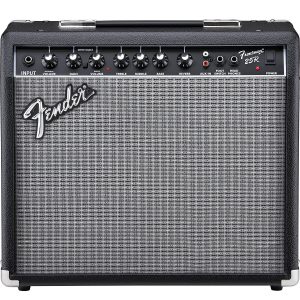 Looking for an affordable and versatile amplifier? Check out the Fender Frontman 25R! This amp is perfect for beginner and intermediate guitarists who want to experiment with different sounds. With 25 watts of power, the Frontman 25R can handle a variety of genres from clean tones to high-gain distortion.
Looking for an affordable and versatile amplifier? Check out the Fender Frontman 25R! This amp is perfect for beginner and intermediate guitarists who want to experiment with different sounds. With 25 watts of power, the Frontman 25R can handle a variety of genres from clean tones to high-gain distortion.Table of Contents
Fender Frontman 25R User Manual
Pros & Cons of Fender Frontman 25R
Overall, the Fender Frontman 25R is a great choice for beginner and intermediate guitarists. It is affordable, versatile, and sounds great! If you’re looking for an amp that can do it all, the Frontman 25R is the perfect choice for you.Buyer’s Guide
Types of Amplifiers
When you’re shopping for an amplifier, it’s important to know the different types that are available. This will help you choose the right amp for your needs. Here are the three main types of amplifiers:
Combo Amp: A combo amp is a unit that contains an amplifier and speaker in one device. Combo amps are great for practice and small gigs. They are also very portable, which is a big plus.
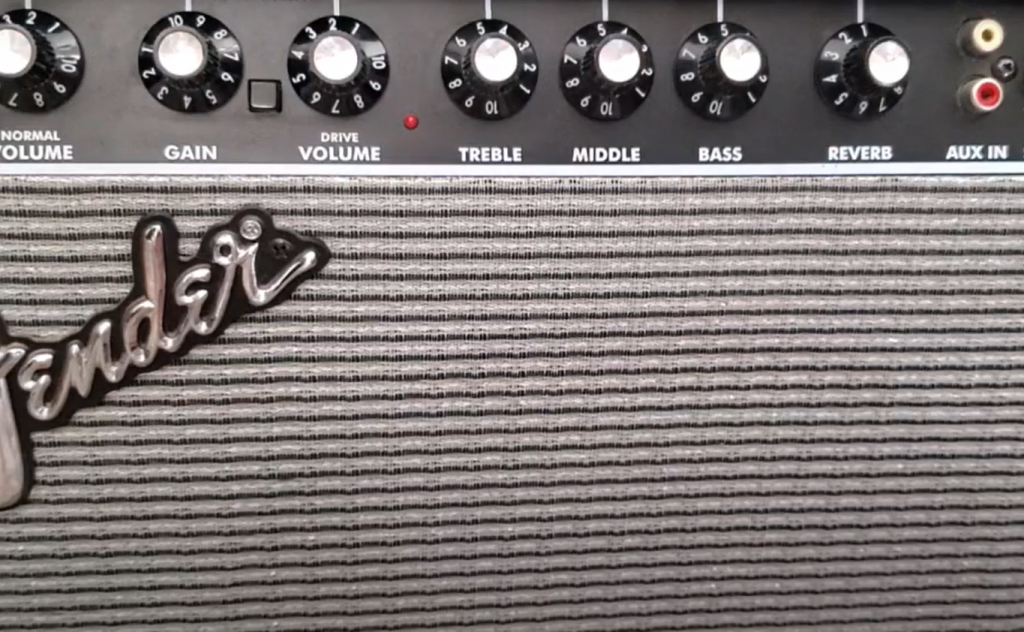
Head and Cabinet: The head and cabinet set-up contains the amplifier (head) and one or more speakers (cabinet). Head and cabinet set-ups are usually more expensive than combo amps, but they offer more power and flexibility. If you’re gigging regularly or need a lot of volume, a head and cabinet set-up is a good choice.
Modeling Amp: A modeling amp uses digital technology to simulate the sound of different amps and effects. Modeling amps are great for beginners because they offer a wide range of sounds to experiment with. They are also very versatile, which makes them a good choice for intermediate players who want to find their signature sound. [1]
Combo vs. Stack
When you’re shopping for an amplifier, you’ll also need to decide if you want a combo amp or a stack. A combo amp is a single unit that contains both the amplifier and speaker. A stack consists of two parts: the head, which contains the amplifier, and the cabinet, which houses one or more speakers. Both combo amps and stacks have their pros and cons. Here’s a quick overview:
Combo Amp
- Pros: More portable than a stack, takes up less space
- Cons: Limited power compared to a stack
Stack
- Pros: More powerful than a combo amp, offers more flexibility
- Cons: Not as portable as a combo amp, takes up more space
Guitar Amps for Live, Studio, and Practice, Guitar AMP Size and Portability
Now that you know the different types of amplifiers, it’s time to decide which one is right for you. The first thing to consider is what you’ll be using the amp for. Are you looking for an amp to use live? Or do you need an amp for practice or recording? Once you’ve decided how you’ll be using the amplifier, you can narrow down your choices.
- Live: If you’re looking for an amplifier to use live, you’ll need something that’s powerful and can handle a lot of volume. You’ll also need an amp that’s rugged and can withstand being moved around. A combo amp or stack is a good choice for gigging guitarists.
- Studio: If you’re looking for an amplifier for recording, you’ll need something that’s versatile and can give you a wide range of sounds. A modeling amp is a good choice for recording guitarists.
- Practice: If you’re looking for an amp to practice at home, you’ll need something that’s affordable and won’t disturb your neighbors. A small combo amp or practice amp is a good choice for practicing guitarists.
Now that you know what you’ll be using the amplifier for, it’s time to consider size and portability.
Stacks are more powerful than combo amps, which makes them a good choice for recording and practicing guitarists who need a lot of volume. [2]Speakers and Guitar Amp Wattage
The next thing to consider is the number of speakers and the wattage. The wattage determines how loud the amplifier can get. If you’ll be using the amp for practice or recording, you won’t need a lot of power. But if you’re gigging, you’ll need an amp that can crank out a lot of volume.
Most combo amps have one or two speakers. The number of speakers doesn’t have a big impact on sound quality, but it does affect volume. Two-speaker combo amps are louder than one-speaker combo amps.
The wattage is more important than the number of speakers because it determines how loud the amplifier can get. Amps with higher wattages can produce more volume. But that doesn’t necessarily mean they’re better. It just means they’re louder.
If you’re gigging, you’ll need an amplifier with at least 50 watts of power. If you’re recording or practicing, you can get by with an amp that has 15-20 watts of power.
Others
There are a few other things to consider when you’re shopping for an amplifier. The first is effects. If you’re looking for an amp with built-in effects, you’ll need to decide which effects you want. Reverb and distortion are the most common effects found on guitar amps.
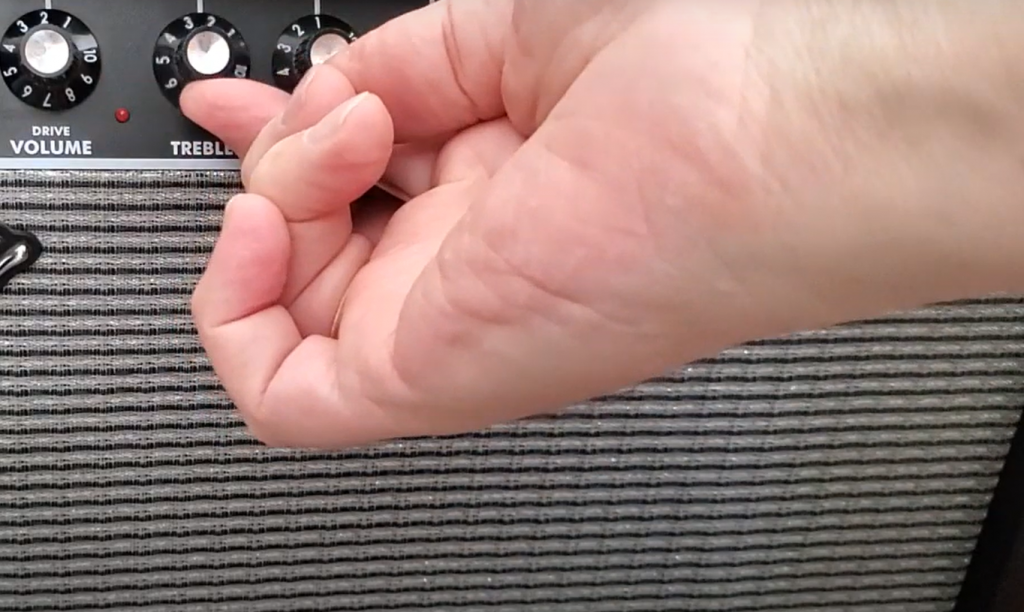
The next thing to consider is channels. Most amplifiers have two channels: clean and dirty. The clean channel is used for clean sounds, and the dirty channel is used for distorted sounds. Some amps also have a third channel that’s dedicated to reverb or other effects.
Finally, you’ll need to decide whether you want an analog or digital amplifier. Analog amplifiers are the traditional type of amplifier, and they’re known for their warm, natural sound. Digital amplifiers are newer and they’re known for their versatility. They can mimic the sound of analog amplifiers, but they can also do things that analog amps can’t.
Choosing The Best Guitar Amp
Now that you know what to look for in a guitar amplifier, it’s time to decide which one is right for you. The best way to do this is to try out different amplifiers and see which one sounds best to you. Once you’ve found an amplifier you like, you can read online reviews to see what other guitarists think of it.
If you’re looking for an amp for gigging, the Fender Super Champ X2 is a good choice.
It also has 16 different amp models, so you can get a wide range of sounds.If you’re looking for an amp for recording or practicing, the Line 6 Spider V 120 is a good choice. It’s a modeling amp with 120 watts of power and two 12-inch speakers. It has over 200 different amp models, so you can get any sound you want.
Common controls on guitar amplifiers
- Gain: This adjusts the level of the signal being sent to the preamp. Turning the gain up will make the sound more distorted.
- Volume: This adjusts the overall volume of the amplifier.
- Bass, Mid, and Treble: These controls adjust the EQ of the amplifier. Bass controls the low frequencies, mid controls the middle frequencies, and treble controls the high frequencies.
- Reverb: This adds a sense of space to the sound by simulating different environments.
- Distortion/overdrive: This is an effect that makes the sound more distorted.
- Chorus/delay/flanger: These are effects that add movement to the sound. Chorus makes the sound wider, delay makes the sound echo, and flanger makes the sound swirl.
3 band EQ
Most amplifiers have three-band EQ controls. Some amps also have parametric EQ controls, which give you more flexibility in shaping the sound.
The gain, volume, and EQ controls are the most important ones to understand because they’ll have the biggest impact on your sound. But there are a few other controls that are worth mentioning. [3]
Gain
The gain control adjusts the amount of distortion in the sound. The higher the gain, the more distorted the sound will be.
If you’re playing clean sounds, you’ll want to keep the gain low. If you’re playing distorted sounds, you’ll want to turn up the gain.
The volume control is used to adjust the overall volume of the amplifier. The higher the volume, the louder the amp will be.
The EQ controls are used to adjust the frequency response of the amplifier. The treble control boosts or cuts the high frequencies, the middle control boosts or cuts the midrange frequencies, and the bass control boosts or cuts the low frequencies.
Presence
The presence control is used to adjust the high-end response of the amplifier. Turning up the presence will make the sound brighter and clearer.
The effects loop is used to connect external effects devices, such as pedal or rack-mounted effects. The line out jack is used to connect the amplifier to a recording device or another amplifier. And the footswitch jack is used to connect an optional footswitch that can be used to turn the effects loop on and off.
Reverb
The reverb control is used to adjust the amount of reverb in the sound. Reverb is an echo effect that makes the sound seem larger and more spacious.
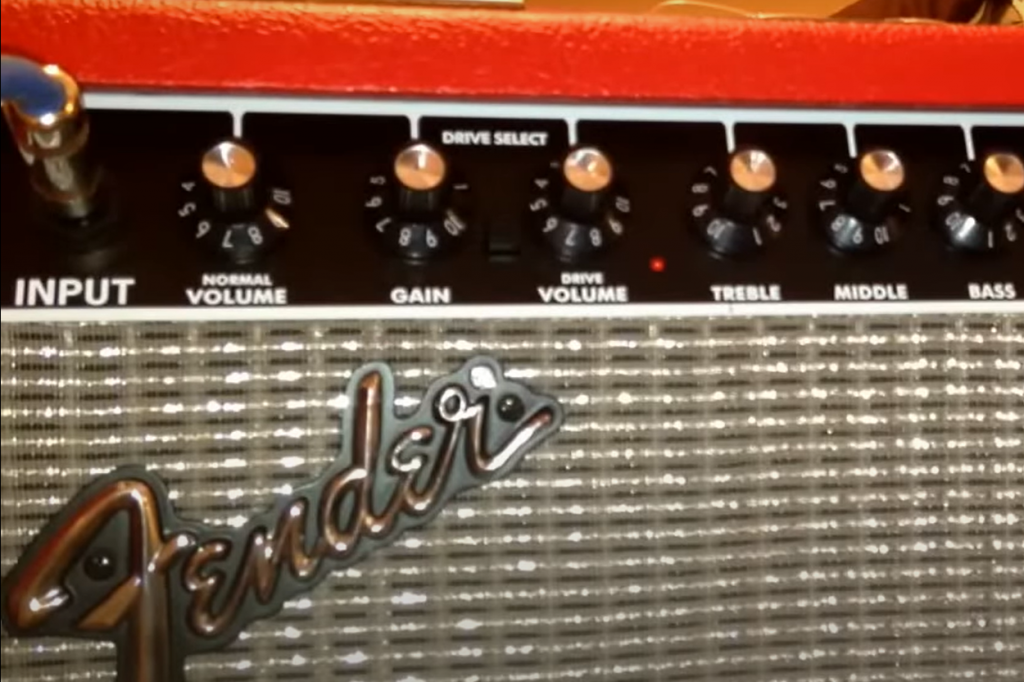
If you’re playing clean sounds, you’ll want to keep the reverb low. If you’re playing distorted sounds, you can turn up the reverb to create a more atmospheric sound.
Tremolo
The tremolo control is used to create a pulsing effect. The amplitude of the sound will rise and fall in a regular pattern.
Tremolo is an effects pedal that you can use to create a pulsing effect. The speed control adjusts the rate at which the amplitude rises and falls. The depth control adjusts the amount by which the amplitude changes.
Additional amplifier terminology
There are a few other terms that you’ll come across when reading about amplifiers.
The power rating is the maximum amount of power that the amplifier can produce. The wattage will be listed in watts (W).
The impedance is the load that the amplifier can drive. It’s measured in ohms (Ω).
The headroom is the amount of power that the amplifier can produce before it starts to distort. It’s measured in decibels (dB).
Headroom
When it comes to amplifiers, headroom is the amount of undistorted volume an amp can produce before reaching its limits and start distorting.
Decibels
Headroom is measured in decibels (dB). The higher the headroom, the better.
Most amplifiers have a headroom of around 20 dB. This means that they can produce a loud, clean sound without distorting. But if you’re playing at high volumes, you might want an amplifier with more headroom to avoid distortion.
Wet/Dry
When an amplifier is said to have a wet/dry signal, it means that the signal can be split into two parts. The dry part is the original, unprocessed signal. The wet part is the processed signal that goes through the amplifier’s effects loop.
Some amplifiers allow you to mix the dry and wet signals together. This gives you more flexibility in shaping your sound. [5]
Attenuator
An attenuator is a device that reduces the level of the signal going to the amplifier. This can be useful if you’re playing at high volumes and you don’t want to damage your speakers.
Most attenuators are passive, which means they don’t require power to operate. But there are also active attenuators, which do require power.
IRS
IRS is short for impedance-selectable speaker. This type of speaker can be used with amplifiers that have different impedance settings.
The impedance setting on an amplifier determines the load that the amplifier can drive. It’s measured in ohms (Ω).
Most amplifiers have an 8 Ω setting, but some have a 4 Ω or 16 Ω setting. If you’re not sure what setting to use, it’s best to consult the owner’s manual for your amplifier.
DI
DI is short for direct injection. This is a method of connecting an instrument to an amplifier without using a cable.
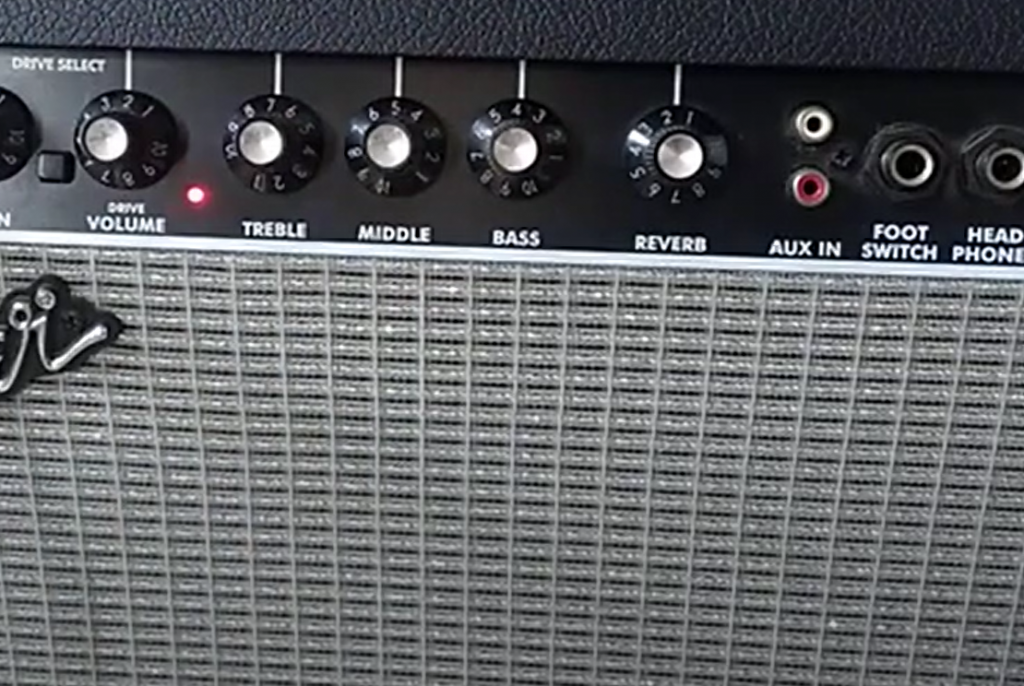
Instead, the signal is sent through the air using radio waves. This can be useful if you’re playing in a large venue and you don’t want to run a long cable from your instrument to your amplifier.
FAQ
Can a guitar amp be used for vocals?
Yes, you can use a guitar amplifier for vocals. But you’ll need to get an amplifier that’s specifically designed for vocals. These amplifiers have different EQ settings that are tailored for the human voice.
Can I play bass on a guitar amp?
Yes, you can play bass on a guitar amplifier. But you won’t be able to get the same sound as you would with a bass amplifier.
The purpose of a guitar amplifier is to make the sounds coming from a guitar louder. Bass frequencies are lower than guitar frequencies, so a guitar amp might not be able to reproduce them accurately.
What is the difference between a speaker and an amplifier?
A speaker is a device that converts electrical energy into sound. An amplifier is a device that increases the level of the signal going to the speaker.
Without an amplifier, the sound would be very quiet. But if you crank up the volume on an amplifier, it can damage your speakers.
Can you hook up a guitar amp to a stereo?
Yes, you can hook up a guitar amplifier to a stereo. But you won’t be able to get the same sound as you would with a guitar amplifier.
Guitar amplifiers are designed to reproduce the frequencies of a guitar. Stereo systems are designed to reproduce a wide range of frequencies. So, a guitar amp might not be able to reproduce all the frequencies accurately.
What is a combo amp?
A combo amp is an amplifier that has the speaker built-in. This makes it more portable than a separate amplifier and speaker.
Combo amps are available in a wide range of sizes, from small practice amps to large stage rigs.
How do I use my guitar amp as a PA system?
You can use your guitar amplifier as a PA system by connecting it to a microphone. Most guitar amplifiers have an input for a microphone.
To get the best sound, you’ll need to position the microphone in front of the speaker. This will allow the sound of the amplifier to be picked up by the microphone.[6]
Is bass harder than guitar?
There is no easy answer to this question. It depends on your skill level and the type of music you want to play.
If you’re a beginner, then guitar might be easier to learn. But if you’re looking to play complex bass lines, then bass might be more difficult.
Related Video: Fender Frontman 25R short review and sound demo.
Conclusion
The Fender Frontman 25R is a versatile and reliable amplifier that is perfect for beginners and those on a budget. It has clear sound quality, easy controls, and a wide range of tones to choose from, making it a great choice for any guitar player. If you’re looking for an affordable amp with great features, the Fender Frontman 25R is the way to go. Thanks for reading our full review of the Fender Frontman 25R! We hope this guide helped answer any questions you may have had about this amazing amp. If you have any further questions or comments, please feel free to reach out to us below in the comment section.
References:
- https://www.watelectronics.com/different-types-of-amplifiers/
- https://ehomerecordingstudio.com/best-guitar-amps/
- https://www.thepodcasthost.com/equipment/tools-trade-equalizers-eq/
- https://www.fender.com/articles/tech-talk/keeping-it-clean-what-is-headroom
- https://www.themusiczoo.com/blogs/news/how-to-set-up-a-wet-dry-wet-amplifier-rig
- https://guitargearfinder.com/faq/guitar-amp-as-a-speaker/

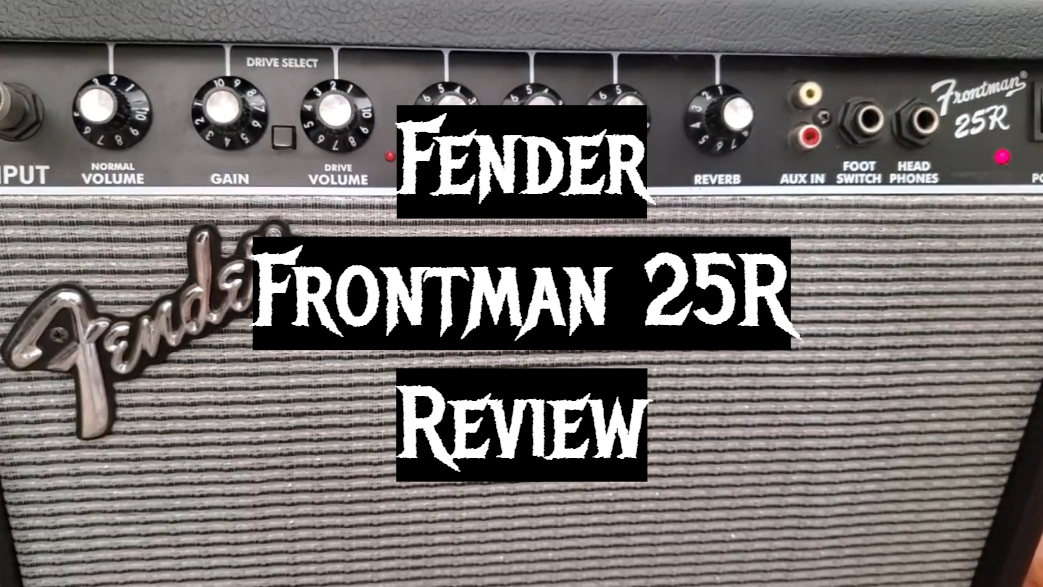
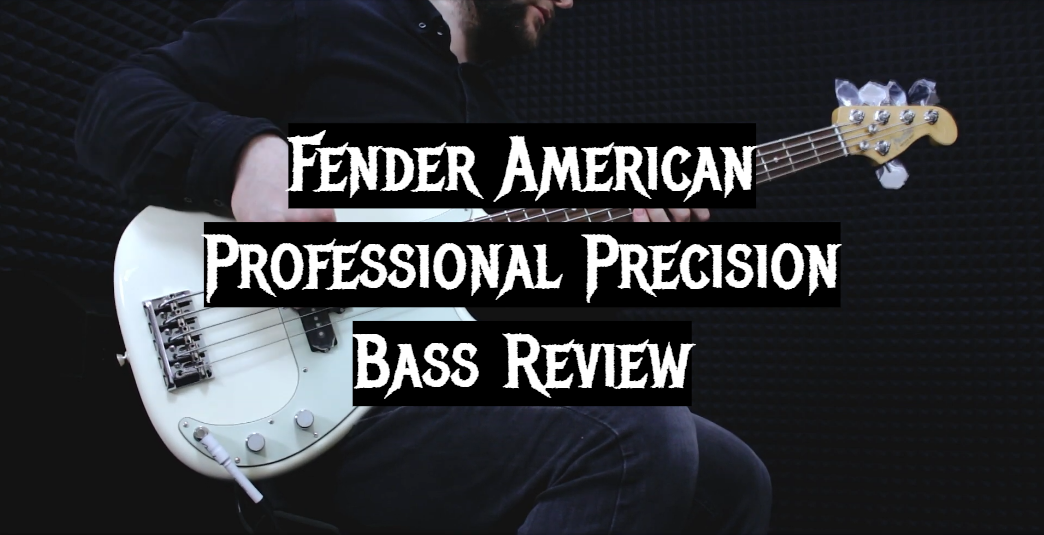

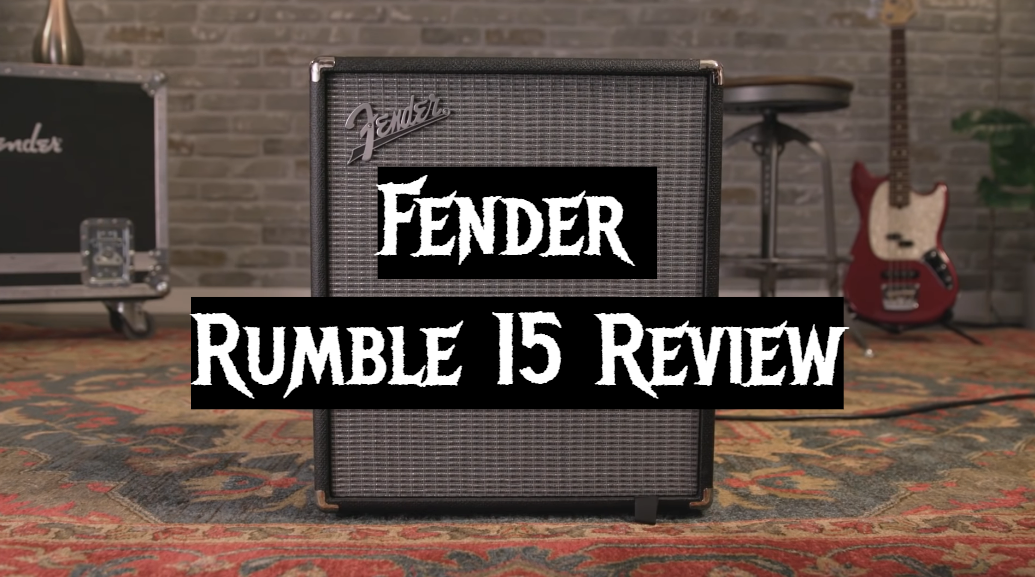
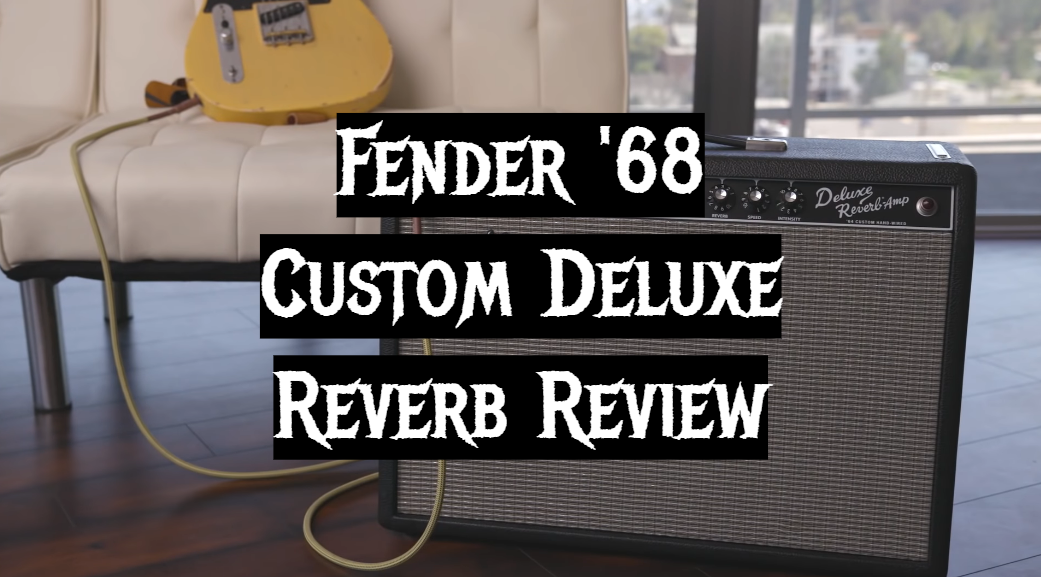
Leave a Reply